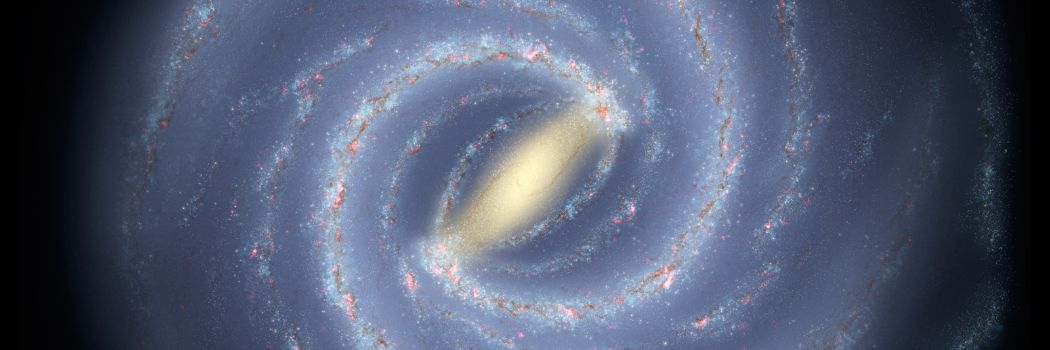Star bars show galaxies evolved faster than previously thought

Our astronomers have looked back more than ten billion years in time to find that the Universe’s early galaxies developed much faster than scientists previously thought.
Researchers in our Centre for Extragalactic Astronomy led an international team who found evidence of bar formation in galaxies when the Universe was only a few billion years old.
Bars are elongated strips of stars found in disc or spiral galaxies like our Milky Way.
As bars develop, they regulate star formation within a galaxy, pushing gas into the galaxy’s central region. Their presence tells scientists that galaxies have entered a settled, mature phase.
James Webb Space Telescope
The research team used the James Webb Space Telescope (JWST) to make their discovery.
Previous studies carried out using the less powerful Hubble Space Telescope had previously been able to detect bar forming galaxies up to eight or nine billion years ago.
But the increased sensitivity and wavelength range offered by the JWST means researchers have been able to see the phenomenon happening even further back in time.
Of 357 disc galaxies observed, the researchers saw that 20 per cent had bars – three to four times more than observed by Hubble.
Rethinking theories about galaxy evolution
The researchers say the fact that galaxies in the early Universe are maturing much faster than thought is a real surprise.
At that stage you would expect the Universe to be very turbulent with lots of collisions between galaxies and a lot of gas that hasn’t yet transformed into stars, but our latest research suggests this isn’t the case.
This means scientists might have to rethink their theories about galaxy evolution in the early stages of the Universe’s formation.
Find out more
-
The research is published in the journal Monthly Notices of the Royal Astronomical Society.
-
It was led by PhD researcher Zoe Le Conte, working with co-author Dr Dimitri Gadotti, from Durham University’s Centre for Extragalactic Astronomy, Department of Physics.
-
Read Zoe’s blog about writing her first published paper in The Durham Student.
- Our Department of Physics is a thriving centre for research and education. Ranked 2nd in the UK in The Guardian University Guide 2024 and in the World Top 100 in the QS World University Rankings by Subject 2023, we are proud to deliver a teaching and learning experience for students which closely aligns with the research-intensive values and practices of the University.Feeling inspired? Visit our Physics webpages to learn more about our postgraduate and undergraduate programmes. Durham University is a top 100 world university. In the QS World University Rankings 2024, we were ranked 78th globally.
-
The latest study also included scientists from Durham University’s Institute for Computational Cosmology, University of Victoria, Canada; Jodrell Bank Centre for Astrophysics – University of Manchester, UK; the European Southern Observatory; the Department of Astronomy and Atmospheric Sciences, Kyungpook National University, Republic of Korea; the Max Planck Institute for Astronomy, Germany; Aix Marseille University, France.
-
The research was funded in the UK by the UKRI-Science and Technology Facilities Council.
Main image credit: NASA/JPL-Caltech/ESO/R. Hurt


/prod01/prodbucket01/media/durham-university/departments-/physics/teaching-labs/VT2A9034-1998X733.jpeg)

/prod01/prodbucket01/media/durham-university/central-news-and-events-images/news/Star-bars-gallery-1.jpg)
/prod01/prodbucket01/media/durham-university/central-news-and-events-images/news/Star-bars-gallery-2.jpg)
/prod01/prodbucket01/media/durham-university/central-news-and-events-images/news/Star-bars-gallery-3.jpg)
/prod01/prodbucket01/media/durham-university/central-news-and-events-images/news/Star-bars-gallery-4.jpg)